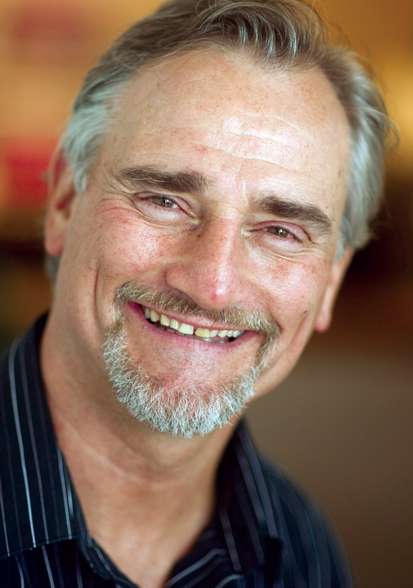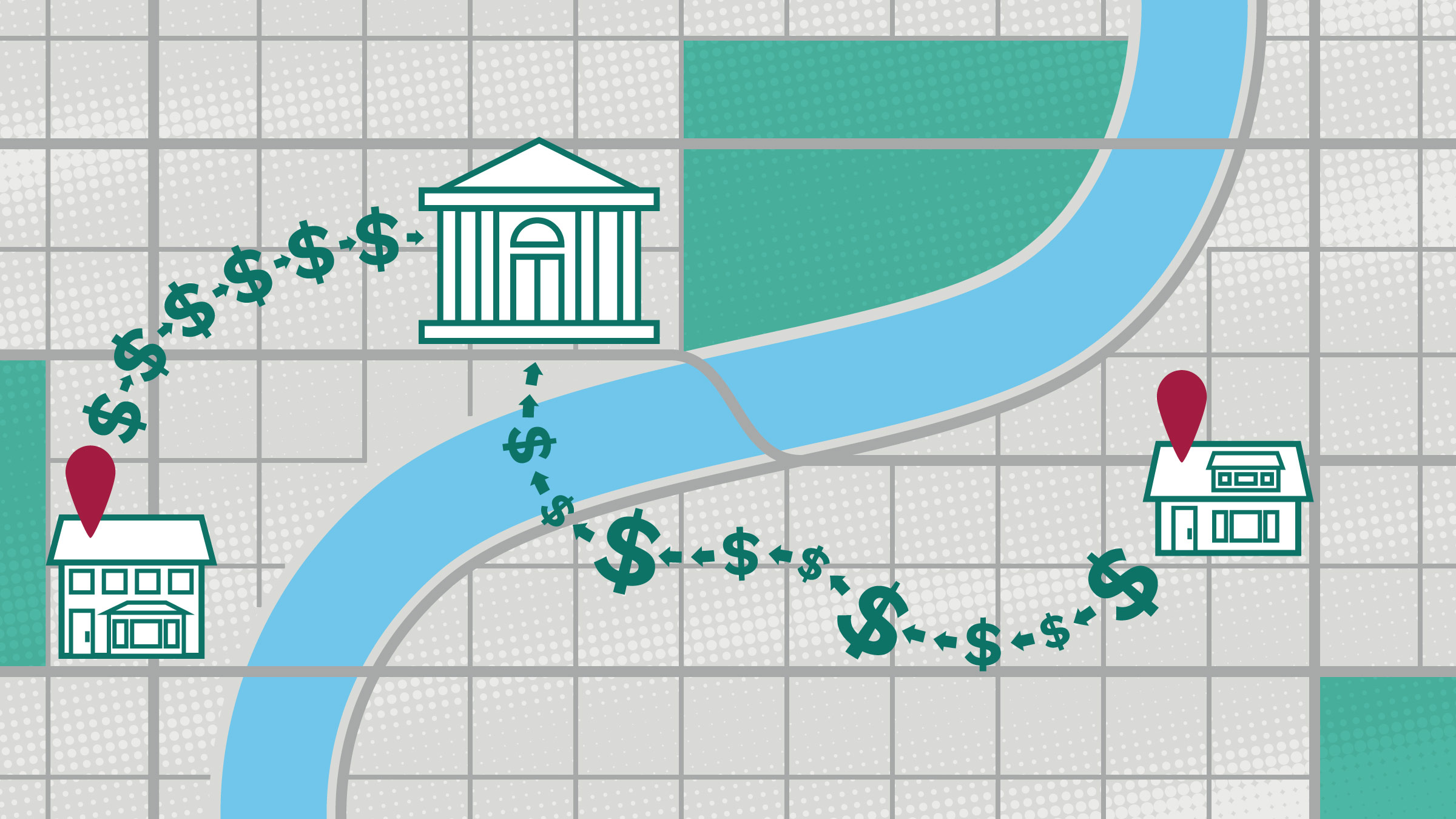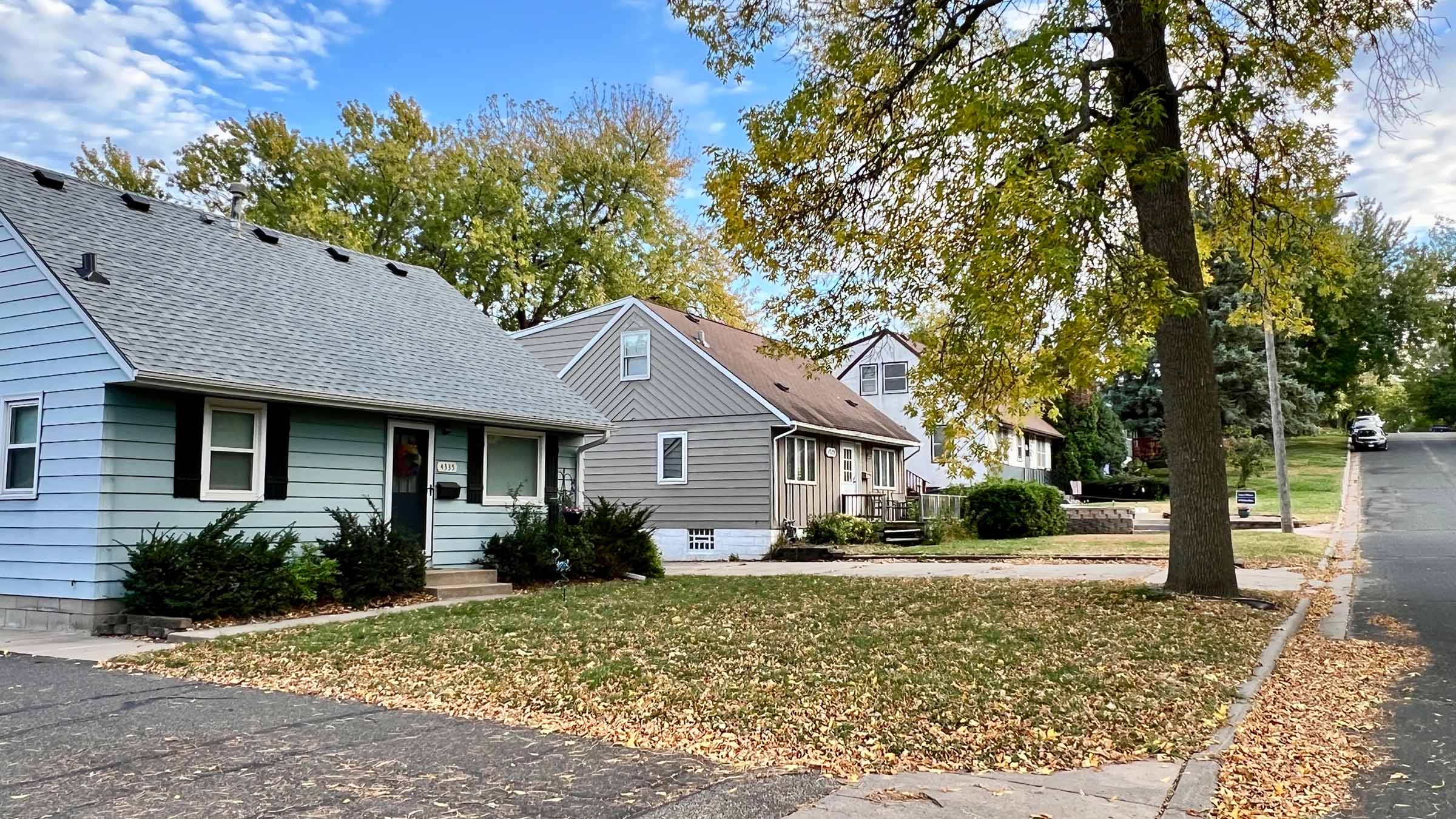 Thanks to an organization called Aeon, more than 4,000 very low-income people in the Minneapolis-St. Paul metropolitan area have affordable apartments to call home. Founded in 1986, Aeon is a Minneapolis-based nonprofit housing developer, owner, and manager that has built or rehabbed dozens of multifamily properties in and around the Twin Cities to meet the needs of a diverse clientele, including homeless youth and chemically dependent adults.
Thanks to an organization called Aeon, more than 4,000 very low-income people in the Minneapolis-St. Paul metropolitan area have affordable apartments to call home. Founded in 1986, Aeon is a Minneapolis-based nonprofit housing developer, owner, and manager that has built or rehabbed dozens of multifamily properties in and around the Twin Cities to meet the needs of a diverse clientele, including homeless youth and chemically dependent adults.
Aeon’s president and CEO, Alan Arthur, has steered the organization through some turbulent economic waters since he took the helm in 1988. The latest rough spot, the Great Recession, worsened the nation’s affordable housing crisis while diminishing the funding landscape for nonprofit organizations. Despite the challenging times, Aeon has continued to expand its portfolio of affordable housing units. Recently, Community Dividend caught up with Arthur to ask him about his organization and how it is navigating the post-recession affordable housing environment in the Twin Cities.
Community Dividend: Your organization, Aeon, has been creating housing options for low-income people for nearly 30 years, through thick and thin. How would you characterize the current affordable housing landscape in the Minneapolis-St. Paul area?
Alan Arthur: From a housing perspective, if we broaden it to a statewide view, Minnesota is now the most unaffordable of all the states in the Upper Midwest.1/ This is putting a lot of pressure on low-income people to find stable housing that they can afford. One major problem is that the gap between the incomes of poor people and the increasing costs of rental housing is getting wider and wider. Demand for affordable housing is growing, and it’s a problem that we need to solve.
CD: What are some of the challenges to developing affordable housing properties right now?
AA: One major one is buying existing apartment buildings to convert to affordable housing. The multifamily rental real estate market is really hot, and there’s a lot of investment money chasing these existing buildings. The truth is that these purchases are mostly speculative. The buildings aren’t really worth it on their current cash-flow basis; the purchases are all about expectations for future appreciation. For poor people, that means increasing rents. The investors believe that rents will increase for quite some time, or else they wouldn’t be putting money into purchasing these properties.
For example, we recently looked at a rental property that was worth about $46,000 per unit. It needed a lot of work and was basically at the end of its useful life. We spoke with a broker who disagreed with us and said that we’d have to pay in the $50,000-per-unit range if we had a chance of buying it. That was too expensive for us. In the end, it sold for more than $60,000 per unit. So those buyers aren’t going to get their return on investment now. They’re looking for an investment return down the road, when they expect rent prices will have gone up even higher.
Financing our developments is another challenge. Right now, financing affordable housing is like taking a square peg and driving it into a round hole. Unfortunately, the hole seems to be getting smaller and the peg seems to be getting bigger.
Usually, our largest source of funding is the Low Income Housing Tax Credit [LIHTC].2/ That’s actually been fairly stable. The LIHTC typically makes up about 50 percent of the total capital needed for our affordable housing projects and then a first mortgage provides another 20 to 30 percent. It’s that last remaining 20 to 30 percent that is the challenge. That’s the gap funding. Developers need to raise gap funding from non-debt service sources—like state money, local money, foundations, etc. Across the country, that funding source is shrinking. And that’s certainly true in the state of Minnesota.
CD: One persistent challenge affordable housing developers often cite is zoning. The zoning laws in many municipalities limit multifamily housing, for example. How have local zoning laws affected your work?
AA: I teach affordable housing development across the country, and I’ve never come across any unsolvable zoning problems around affordable housing. The real problem is not the zoning itself. The real problem is the underlying antipathy about affordable housing in our communities. One of the biggest problems we have in our country is the negative perception of affordable housing. Who would want it next door to them? Based on watching TV, movies, and the 10 o’clock news, you’re not going to have a positive image of it.
In the Twin Cities, we’ve never had significant zoning problems. One of our goals is to get people to understand what Aeon does—how each of our properties is of the highest quality and is going to be the best on the block. If we can get people to understand that, the zoning gets figured out.
CD: Would you describe your portfolio of properties and tell us a little bit about your tenants?
AA: We have 38 properties, made up of about 2,000 apartments and townhomes—enough to provide housing for more than 4,000 people each year. Our residents include temporarily and chronically homeless individuals. People with chemical dependencies, mental health issues, and physical disabilities. They include youth, veterans, and the elderly.
We have great pride in our properties. We’ve done more historic preservation in the state of Minnesota than any other organization: 12 properties, 8 of which are on the National Register of Historic Places. Our properties range from acquisition-rehabs of existing properties to new construction. About half of our properties serve people below 30 percent of the area median income [AMI]—extremely low income. For individuals, that means they earn $17,000 or less a year. For a family of four, they earn less than about $27,000 a year. The rest of our properties mostly serve people who earn between 30 and 60 percent of AMI. That’s still very low-income.3/
We think of ourselves as a hundred-year organization—hence our name, Aeon, which means “forever”—so we approach our work with long-term, sustainable goals. A few years ago we built a multifamily development that was awarded LEED Platinum certification by the U.S. Green Building Council.4/ It was the first of its kind in the Upper Midwest. We’re currently working on a development that will be the greenest, most-sustainable project in the U.S., when we pull it off.5/
CD: You mentioned the financing environment earlier. Financing arrangements for affordable housing can be complex. What does a typical arrangement for one of Aeon’s properties look like?
AA: Housing for people with extremely low incomes can make financing such developments very difficult. For instance, housing that will serve a person who is chronically homeless and has chemical dependency issues requires not just the capital for purchasing and rehabbing the building, but also some type of source to keep the rents low enough so that our residents can afford to pay their rent with whatever income they may have, which might be SSDI [Social Security Disability Insurance] or a veteran’s pension. We also need a third financial source to pay for services—the social support that we offer at our properties that serve formerly homeless individuals.
So how do we do it? With great difficulty and tremendous collaboration among a multitude of organizations. For homeless youth, we partner with an organization called YouthLink that provides the services. For people who have been chronically homeless with mental health issues, we partner with Oak Grove, a local mental health services organization, which provides 24-hour front desk, nursing, and other support. And our Alliance Apartments development in Minneapolis serves homeless folks who have struggled with addiction. We partner with RS Eden, another local service provider, for that. All of these partnerships help lessen the cost burden on the developments and are essential to making our properties work.
In addition to partnerships, I like to say that we look under every rock for financing. For some projects, we’ve pieced together 12 to 15 sources of money. We’ve used money from the U.S. Department of Veterans Affairs to build 27 units so that homeless veterans can have a place to live. We’ve used money from the U.S. Department of Transportation to help spruce up areas around our projects so we don’t have to use affordable housing money on the green areas between the housing developments and the transportation corridors. You can’t do this type of work if you’re not creative in your approach to getting financing.
CD: What do you think the future of the affordable housing industry will look like?
AA: I expect the next five to ten years in the affordable housing business to be tough, because of the challenges I mentioned earlier—the increase in demand for affordable housing, the speculative pressure on existing multifamily apartment buildings, and the challenges in securing gap funding. It’s going to be harder to produce new affordable housing units of any kind. All levels of government are struggling with their budgets.
There are a lot of great organizations in the Twin Cities working in the affordable housing realm. But more work is needed. To make a fair, just, and functional country, we have to find a way to make “home” possible for all of our citizens.
For more about Aeon’s work, visit www.aeonmn.org.
Defining and measuring homeThe vision of Aeon is that “every person has a home and is interconnected within a community.” To create criteria for measuring its progress toward the vision, Aeon conducted an initial survey and analysis to define what home means to its residents. According to the results, home is:
Aeon now surveys all of its residents annually on these three criteria and then gives each of its properties a “home score” that is used to drive performance across the organization’s 38-property portfolio. |
1/ Arthur is referring to a conclusion reached by Minnesota Housing Partnership (MHP) based on data reported in Out of Reach 2013, a report by the National Low Income Housing Coalition. MHP concludes that Minnesota ranks last out of the 12 Upper Midwest states in terms of housing affordability for minimum wage workers. For more information, see http://www.thedatabank.com/dpg/325/pm.asp?ID=42472&Publication.
2/ Enacted by Congress in 1986, the LIHTC Program provides a dollar-for-dollar tax credit to private market investors of qualified rental housing projects. To learn more, visit www.hud.gov.
3/ AMI is established by the U.S. Department of Housing and Urban Development. The 2013 AMI in the Minneapolis-St. Paul-Bloomington, Minn., metropolitan statistical area for an individual is approximately $56,000 a year. For a family of four, the AMI is approximately $82,000. For more information, see www.huduser.org/portal/datasets/il/il13/index.html.
4/ LEED, or Leadership in Energy and Environmental Design, is a program that provides third-party verification of the energy efficiency and environmental friendliness of buildings. For more information, visit www.usgbc.org/leed.
5/ Aeon is partnering with HOPE Community, an affordable housing developer focused on the Phillips neighborhood in south central Minneapolis, to build South Quarter Phase IV, a 120-unit complex that will incorporate a comprehensive suite of sustainable features. For more information, visit www.aeonmn.org.





